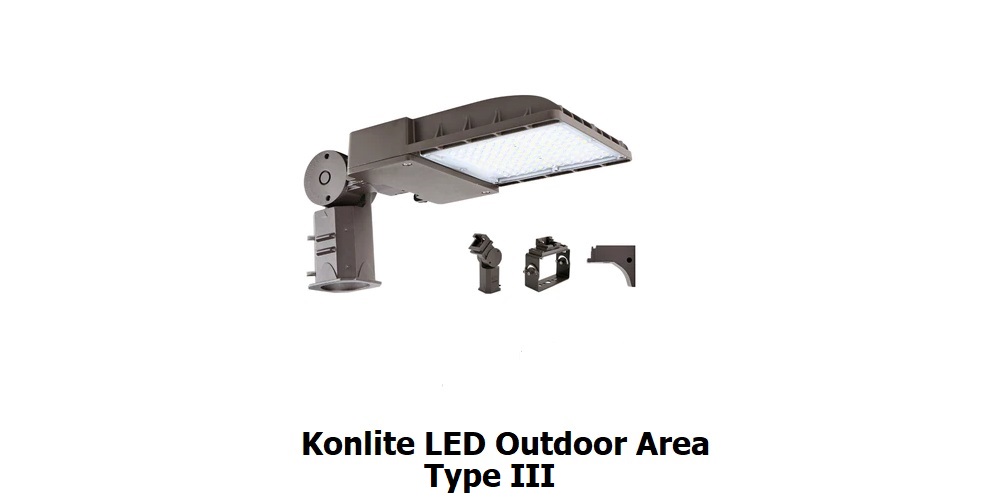Cars are widely used as a mode of transportation because of the economy's improvement. With the city parking lot, traffic in the city can flow normally. The parking lot is rapidly becoming an integral part of any community, making adequate lighting a necessity. Parking lot lighting that is both functional and strategically placed is essential for protecting vehicles and their occupants.
Old parking lights use HID or high-intensity discharge lighting, like halide lamps, mercury vapor lamps, or high-pressure sodium light sources. However, as LED technology has progressed, LED parking lot lighting has begun to replace its incandescent predecessors.
Things to Take Note
First things first, if you want to improve your outdated parking lot take a thorough inventory of the lot and the surrounding region. The lamps, lamp types, pole counts, and locations should be listed. The wattage of LED bulbs can be calculated by comparing the original lamp's wattage to the LED lamp's wattage. At the same time, increase the number of lamps in areas that need more light and decrease the number of bulbs in those that don't.
It is also important to have blueprints of a brand-new parking lot, detailing not just its size but also the placement of lights and the height of its poles. Where temporary lights are needed and where they shouldn't be placed.
Design Considerations
When doing your lighting calculations, keep in mind the many uses for each form of light (Parking garages and lots may have varying lighting depending on their locations in relation to the entrances and exits.)
Don't forget how important proper lighting distribution is to a well-designed space. Lighting in a parking lot should be uniform for the best results. Light pollution and glare issues might result from too much light or improperly dispersing the light that is already present.
LEDs' primary function is lighting dispersion. Light from the luminaire can be focused onto a specific item or surface with the use of a lens. When half of the fixture's light output has been reached, that is the cutoff. The lighting system has classified the light distribution as Type I, II, III, IV, and V. Most of the time, parking lots use Type III, IV, and V. Roads directing towards parking areas and streets inside the lot require Type I and II spectrum.
Mounting Consideration
Parking lot lights can be installed in a variety of ways, such as the Pole Mount or the Surface Mount. The arm of a pole-mounted parking lot light stretches down into the earth. Lighting fixtures are mounted on the wall surface using U-brackets or trunnion brackets to attach to the surface. Different types of brackets are available for Konlite LED parking lot lights, allowing you to customize the lights to your specific mounting needs.
Energy Usage Consideration
Every day, for extended times, the parking lot is illuminated. The parking lot sees very few cars and people at specific times after dark. The incorporation of lighting controls is a terrific compliment to the installation of energy-efficient lighting. The electrician will already be there, so installing the controls at the same time as any new or replacement machinery makes sense.
Recent technological advances have made it possible to significantly reduce the energy consumption of parking garages by installing controls for high-efficiency lighting. There are numerous methods for regulating the lights, such as a timer, dimming mechanism, photocell switch, smart control, and motion detector.


